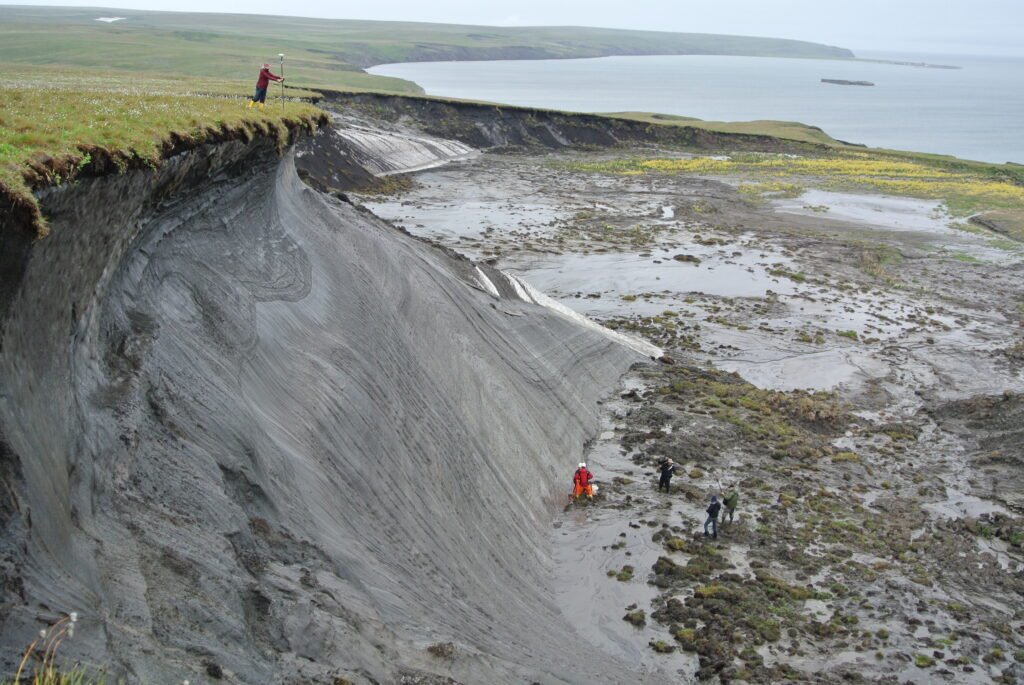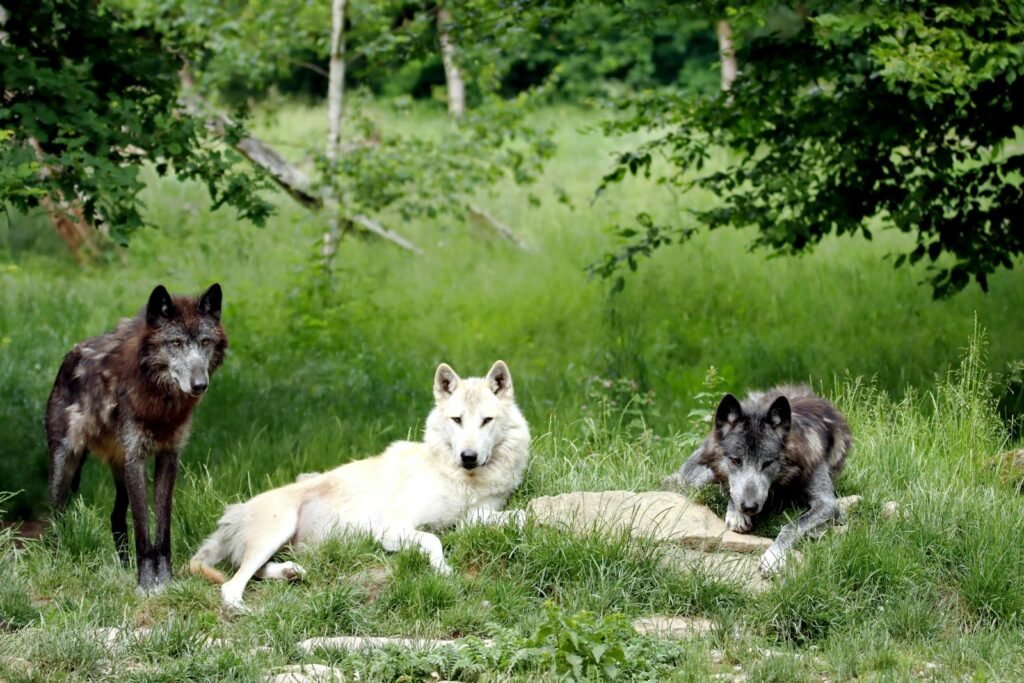Beneath the frozen skin of the Earth, a silent awakening is underway. As Arctic and sub-Arctic permafrost thaws, ancient microbes—some dormant for tens of thousands of years—are springing back to life. This phenomenon isn’t just a quiet, hidden process; it’s a stunning natural drama unfolding with real consequences for our planet’s atmosphere. The revival of these microscopic life forms is more than a scientific curiosity; it’s a story of survival, transformation, and the profound ways in which unseen forces can reshape the world around us. What happens when these icy time capsules break open, and how does their awakening ripple through the delicate balance of our environment?
The Frozen World Beneath Our Feet
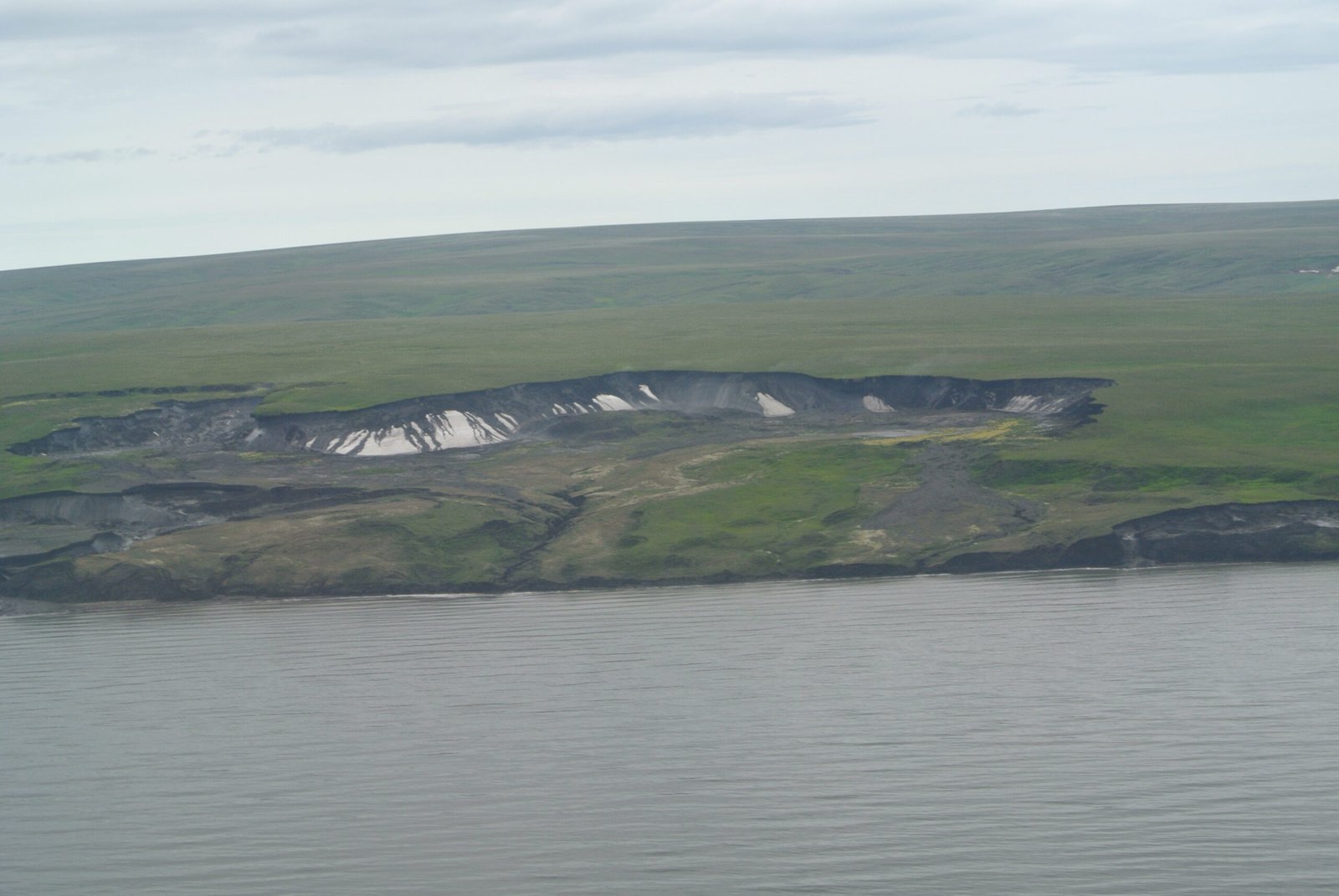
Permafrost is much more than just frozen soil. It’s a vast, icy landscape stretching across northern regions like Siberia, Alaska, and Canada. Locked within these chilly depths are ancient remains—plants, animals, and, crucially, billions of microbes. For thousands of years, these microorganisms have endured subzero temperatures, encased in ice, completely inactive. Imagine a gigantic freezer, preserving not only the physical remains of the past but also the very life that once thrived there. This hidden world covers nearly a quarter of the Northern Hemisphere, making it one of the planet’s most significant yet mysterious ecosystems.
What’s Causing Permafrost to Thaw?
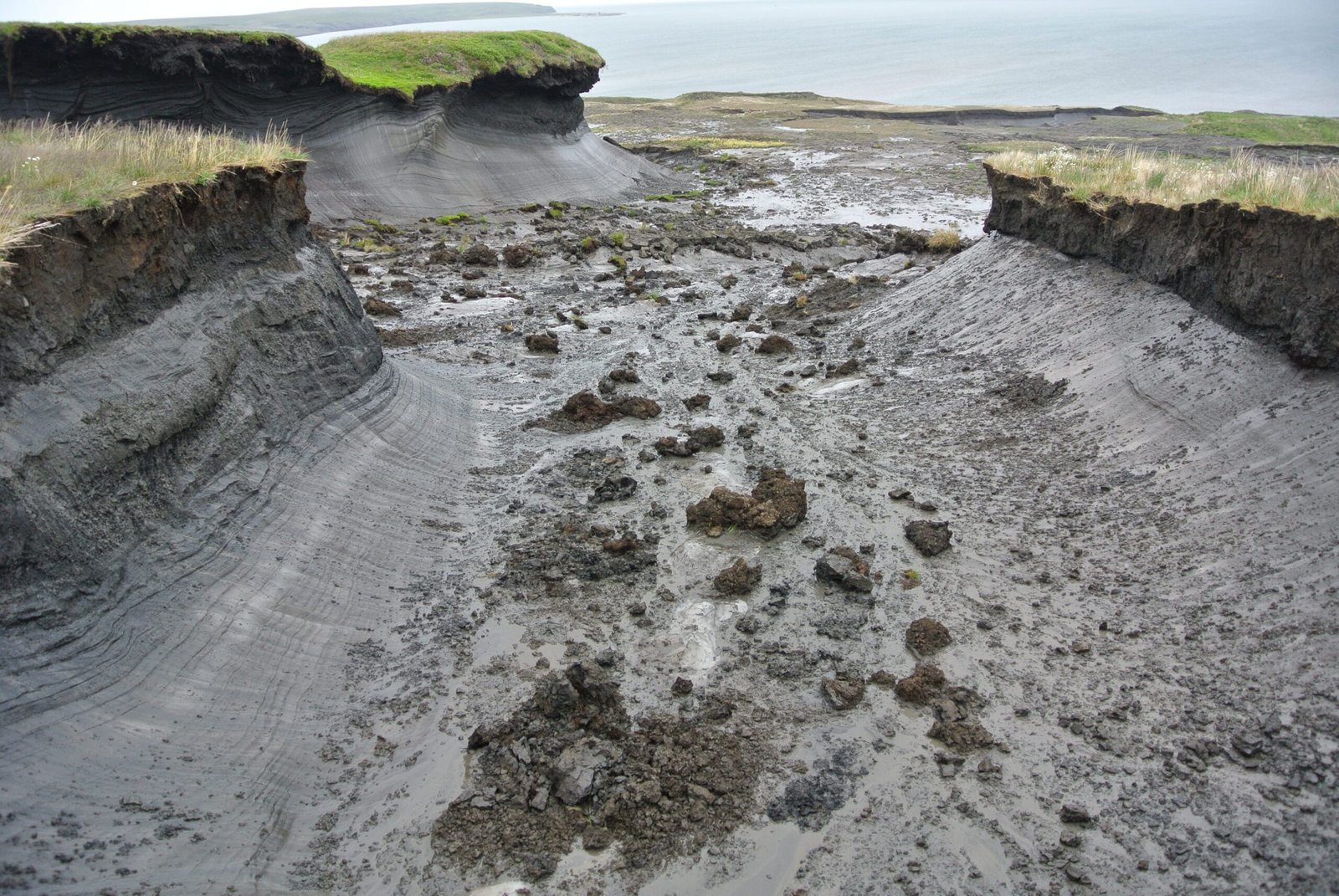
Rising global temperatures are the main culprit behind permafrost thaw. As the climate warms, summers in the Arctic are getting hotter and longer, leading to deeper and more widespread melting of the frozen ground. This process isn’t happening slowly or quietly—it’s accelerating at an alarming pace, with some areas thawing decades sooner than scientists once predicted. The result is a dramatic transformation of landscapes, as once-solid ground becomes unstable mud, and the ancient ice releases what it has locked away for millennia. The world is witnessing a geological change that has been set in motion by the atmosphere we’ve altered through human activity.
The Microbial Awakening: Life After Ice
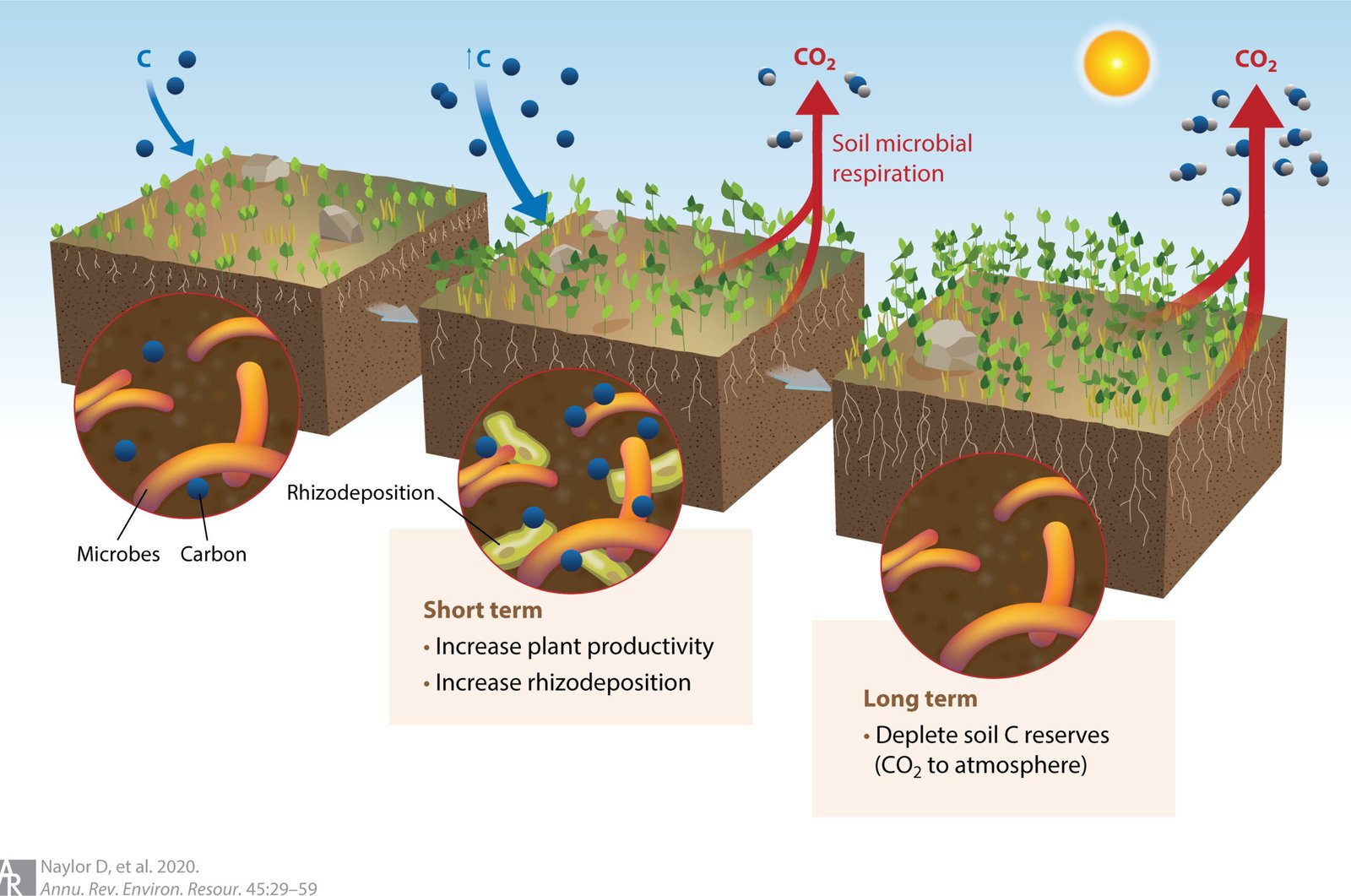
When permafrost thaws, a remarkable event occurs: ancient microbes, preserved in suspended animation, reawaken. These tiny organisms had been in a state similar to sleep, waiting for conditions to become favorable again. As temperatures rise and moisture returns, bacteria and archaea begin to stir, multiply, and feed on the newly available organic material. It’s a bit like opening a time capsule and finding its contents not only intact, but alive and hungry. Some of these microbes are so ancient that they predate modern humans, providing scientists a glimpse into Earth’s long-lost biological history.
Microbes at Work: Breaking Down Organic Matter
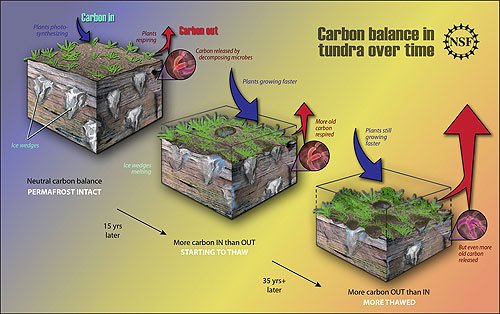
Once active, these microbes waste no time. They begin to decompose the organic matter buried in permafrost—dead plants, animals, and even ancient animal droppings. This process is similar to what happens in a backyard compost pile, but on a scale that’s almost unimaginable. As microbes break down this material, they release greenhouse gases like carbon dioxide and methane. Both gases are potent contributors to climate change, but methane is especially powerful, trapping heat in the atmosphere at a rate over 25 times greater than carbon dioxide over a century. The more the microbes feast, the more these gases escape into the air.
The Greenhouse Gas Feedback Loop

The release of greenhouse gases from thawing permafrost sets off a troubling feedback loop. As more gases enter the atmosphere, the planet warms even faster, which in turn leads to more permafrost thaw. It’s a cycle that can spiral out of control if left unchecked. Scientists worry that this self-reinforcing loop could push the climate system past a tipping point, where warming accelerates rapidly and irreversibly. The permafrost, once a guardian of ancient secrets, becomes a potential accelerator of climate change—its microscopic inhabitants holding outsized power over the future of Earth’s climate.
Ancient Microbes: Friends or Foes?
The revival of permafrost microbes raises both hope and concern. Some of these ancient organisms have fascinating traits, like surviving without oxygen or thriving in extreme cold, which could inspire new scientific breakthroughs. Others, however, may pose risks—potentially carrying ancient diseases or altering existing ecosystems in unpredictable ways. The resurgence of an ancient anthrax outbreak in Siberia, linked to thawing permafrost and revived microbes, is a sobering reminder of how the past can reach into the present. Understanding these microbes is crucial for both harnessing their benefits and guarding against their dangers.
Unleashing Methane: The “Arctic Time Bomb”

Methane is often called the “Arctic time bomb” for good reason. When permafrost thaws, methane-producing microbes—known as methanogens—kick into action. They consume the carbon-rich material and belch out methane gas, which can bubble up through lakes and rivers in visible plumes. In some places, researchers have set lakes alight to demonstrate just how much methane is being released. This startling display is more than a party trick; it’s a signal that the Arctic is changing in ways that could have global consequences for our climate.
Climate Models and the Missing Microbes
Most climate models used to predict future warming didn’t originally account for the full impact of thawing permafrost and its microbial inhabitants. Scientists now realize that ignoring these factors leads to underestimating how fast and how much the climate could change. As researchers incorporate microbial activity into their calculations, the predictions become more alarming. The invisible life beneath the surface is emerging as a powerful driver of atmospheric change, reminding us that sometimes the smallest actors can have the biggest impacts.
Real-World Consequences for Arctic Communities
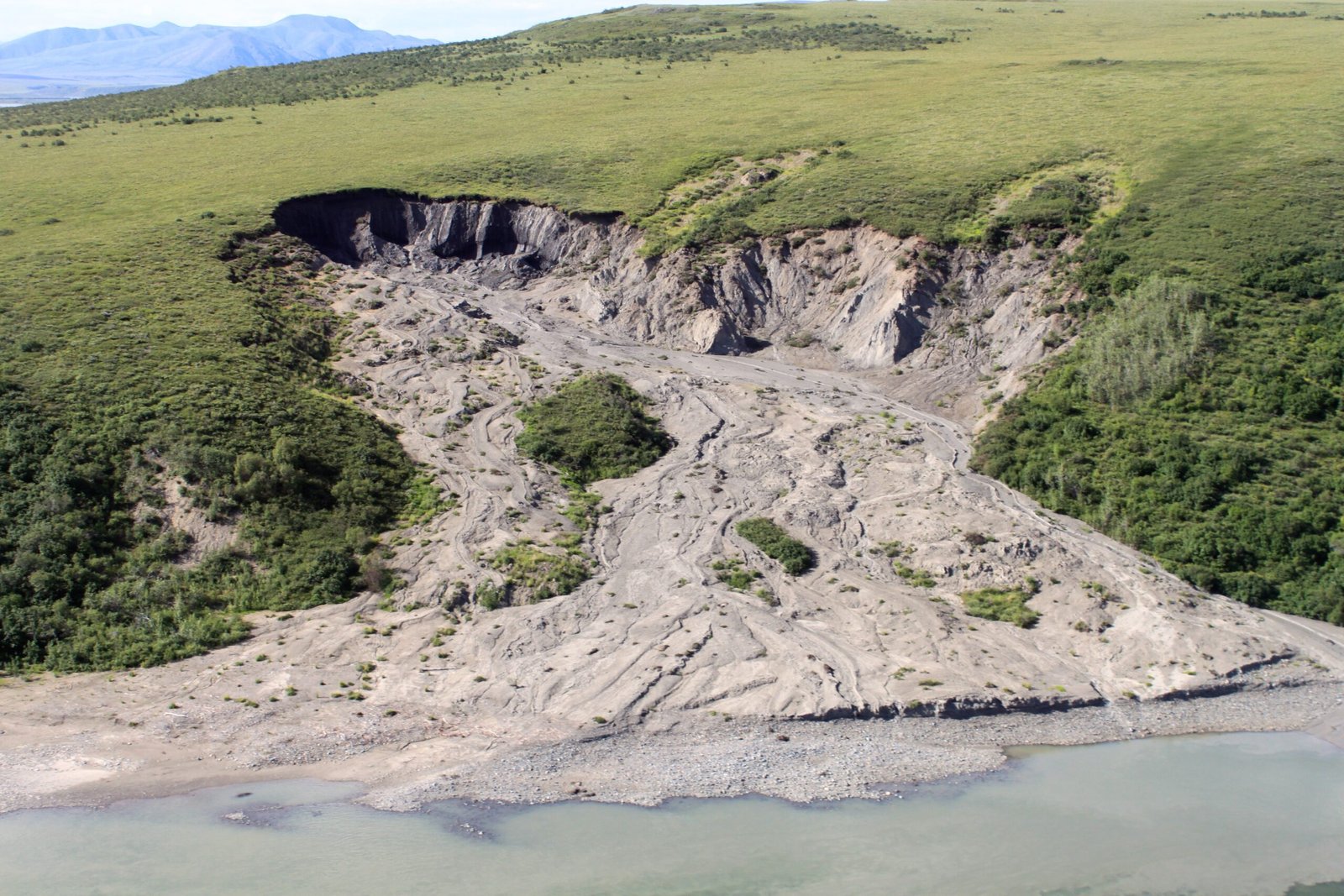
For people living in the Arctic, thawing permafrost and waking microbes aren’t abstract concepts—they’re daily realities. As the ground softens, roads buckle, buildings tilt, and traditional ways of life become threatened. Some communities have had to relocate entirely because the land beneath them is quite literally falling apart. The release of greenhouse gases also contributes to shifting weather patterns, affecting everything from hunting to food security. The story of permafrost thaw is deeply human as well as scientific, touching lives in ways that are immediate and profound.
What the Future Holds: Uncertainty and Urgency

The awakening of permafrost microbes is a developing story with more questions than answers. Scientists are racing to understand which microbes are most active, how much greenhouse gas they can produce, and how quickly these changes will play out. New technologies, like DNA sequencing and remote sensing, are helping to unlock the mysteries buried in the Arctic ice. Yet, as the pace of change quickens, the need for action becomes ever more urgent. The fate of these ancient microbes—and the atmosphere they’re now transforming—depends on choices we make today.
A Wake-Up Call from the Frozen North
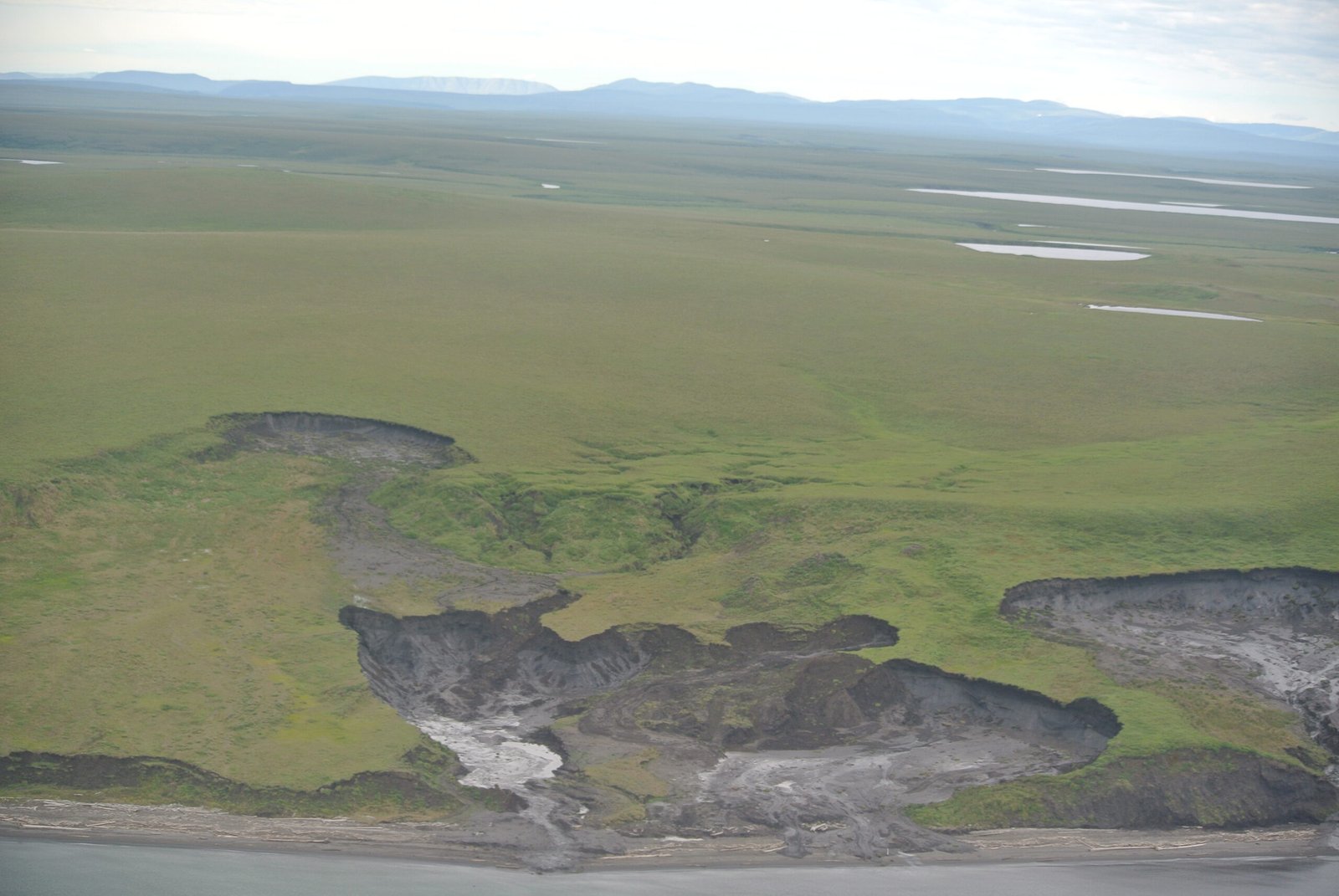
The story of microbes waking up in thawing permafrost is a powerful reminder that nature is full of surprises—some wondrous, some unsettling. As these ancient life forms emerge from their deep freeze, they are changing the very air we breathe. Their revival is not just a scientific marvel; it’s a call to pay attention to the hidden connections that bind us to distant lands and forgotten times. Will we act in time to prevent the worst outcomes, or will the secrets long buried in ice reshape our world before we’re ready?

